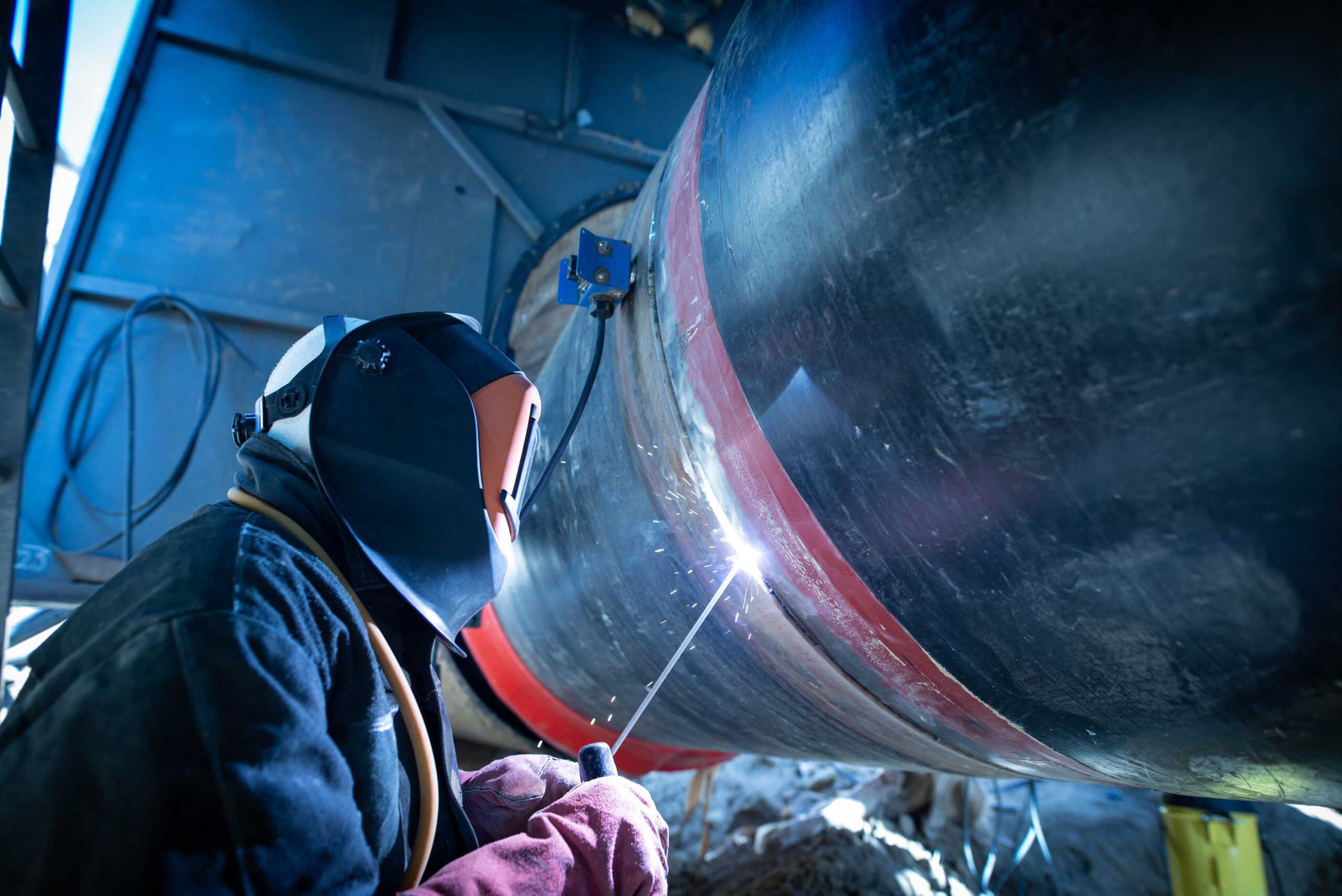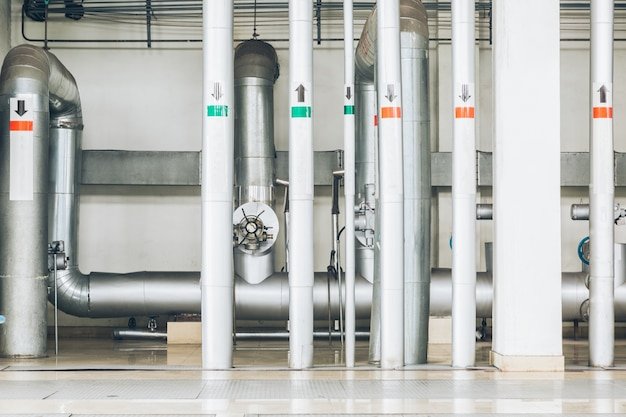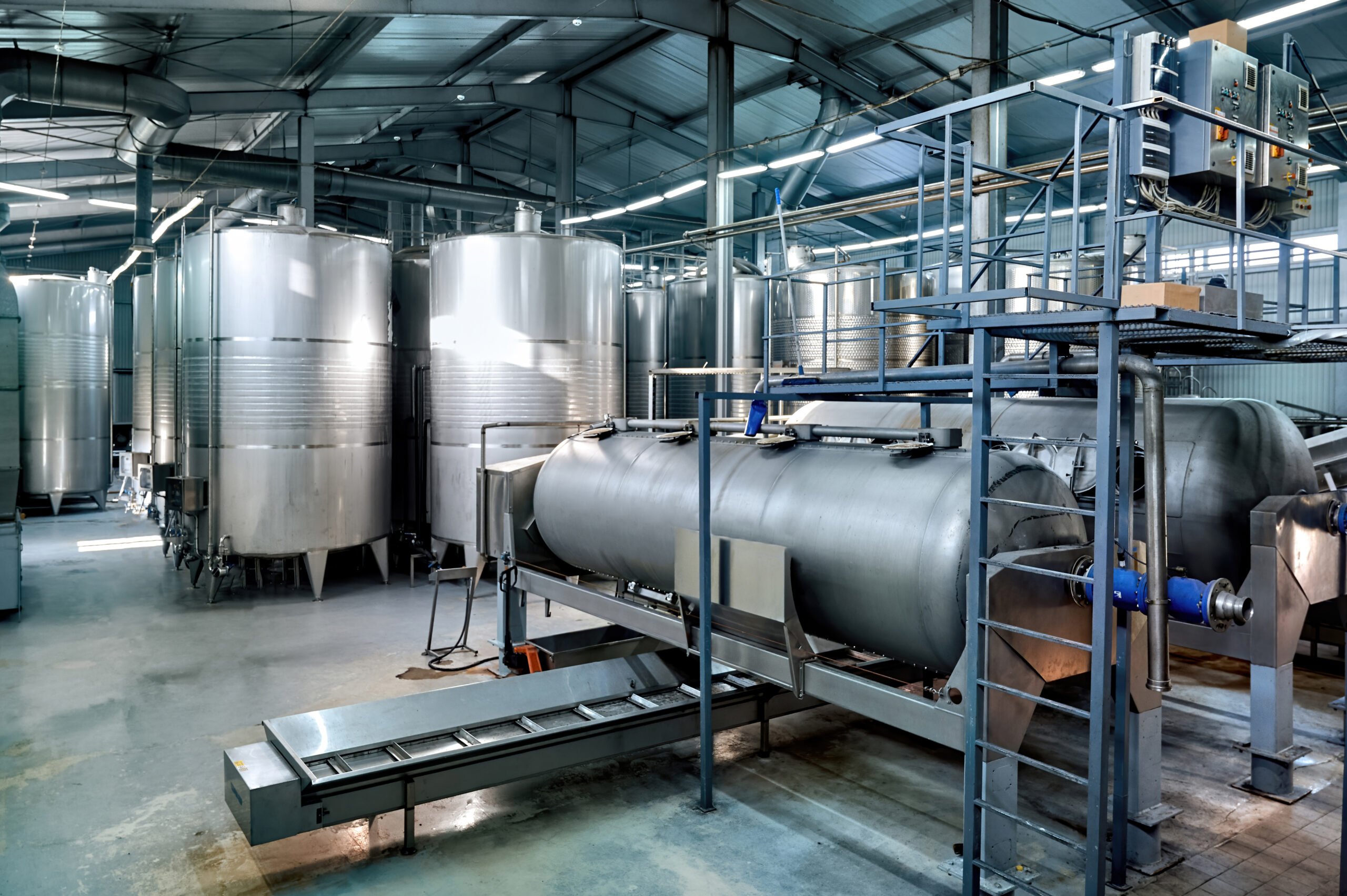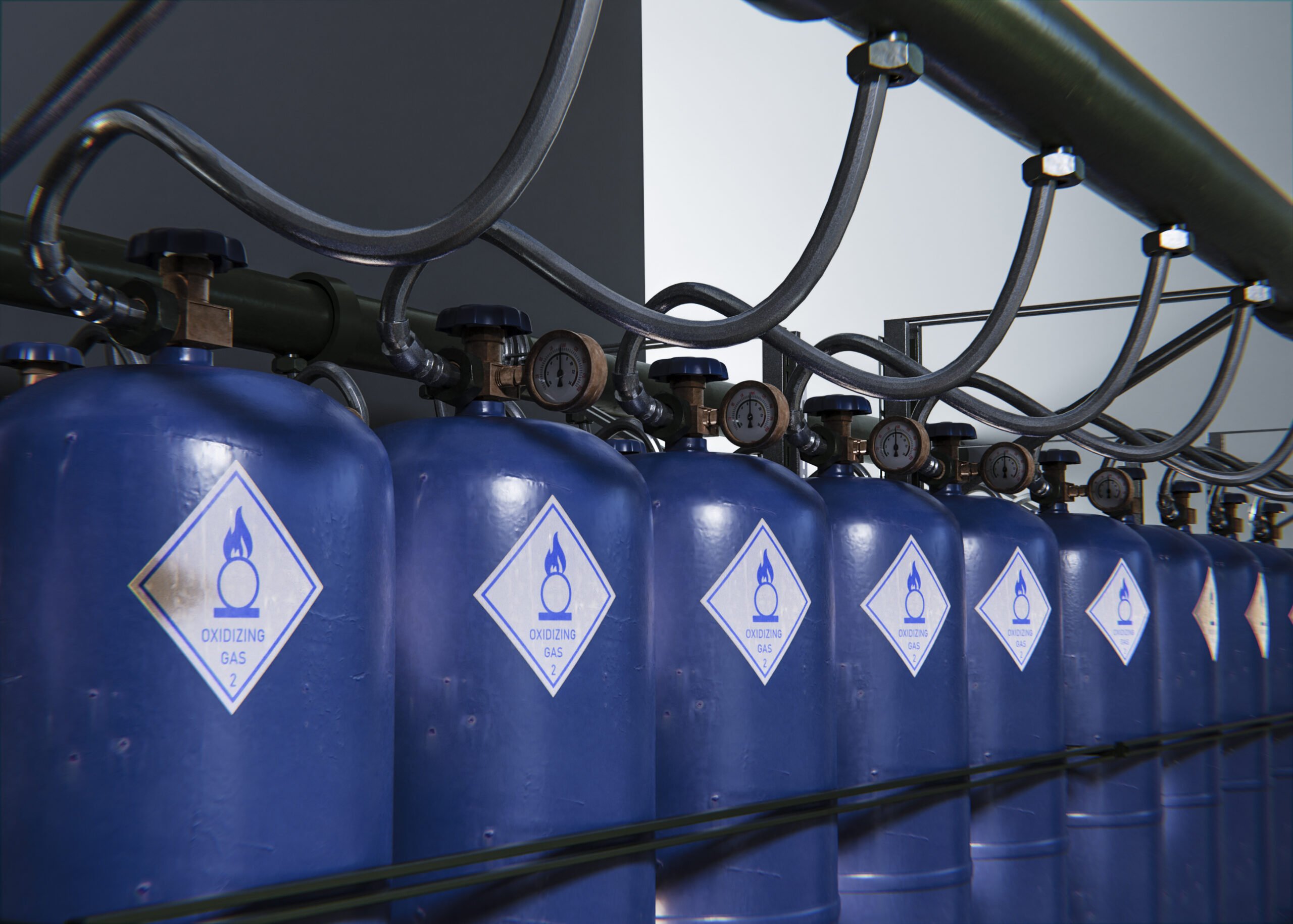The pressure vessel fabrication industry has evolved to ensure higher safety, efficiency, and customization. Different industries, including oil, gas, pharmaceuticals, power generation, and others, have raised their need for modern pressure vessel fabrication. The pressure vessel market is expected to see strong growth in the upcoming few years. As per reports by The Business Research Company, it is expected to grow to $52.83 billion by 2029 at a compound annual growth rate of 5.8%. Custom pressure vessels offering tailored solutions are becoming the preferred choice for companies looking for reliability and precision. Emerging hubs in the UAE are supported by modern pressure vessel fabrication companies in the UAE and surge vessel suppliers to compete with global markets. In this blog, we will explore the key trends and technologies that are leading the future of pressure vessel fabrication in 2025.
Future Trends And Technologies In Pressure Vessel Fabrication
The demand for smart and durable custom pressure vessels is increasing in different industries, such as oil, gas, energy, and pharmaceuticals. With the advancement in design tools, manufacturing techniques, and materials. Modern pressure vessel fabrication offers better safety and sustainability. Here are some of the advanced trends and technologies in pressure vessel fabrication:
Modern Design Concepts In Modern Fabrication
Today’s pressure vessel fabrication companies in UAE rely on advanced design software to achieve process and performance. One such transformative tool is finite element analysis (FEA). The software reduces the stress distribution within the vessel, allowing engineers to detect potential weak points, manage material usage, and improve strength without adding any additional weight. This ensures that pressure vessels are lighter and more reliable.
Similarly, computational fluid dynamics (CFD) plays a vital role in designing vessels with optimal internal flow dynamics. CFD tools are very useful in industries like oil and gas, where internal fluid behavior can impact system efficiency. By reducing pressure drops and ensuring continuous flow, CFD enhances vessel performance, which is a major concern for many custom pressure vessels.
Advanced Manufacturing Techniques
Fabrication technology has evolved beyond traditional methods. One of the major trends in the shift to automated building includes robotic and laser welding techniques. These methods offer high precision and repeatability, reducing the risk of human error. Automated welding ensures consistent structural integrity for industries such as nuclear power, aerospace, and other sectors that require extremely high build quality.
Other innovative techniques, such as power, bed fusion, and directed energy deposition, allow the creation of components that were previously hard to manufacture using conventional methods. Moreover, these technologies have evolved how pressure vessel fabrication in the UAE approaches complex projects with unique shapes and material requirements.
Smart Technologies And Maintenance
There has been a shift towards smart pressure vessel fabrication through digital integration. The Internet of Things (IoT) is now an important part of modern pressure vessels. The IoT sensors help in monitoring important parameters such as pressure, temperature, and fluid levels in real-time. This helps in the maintenance and detection of abnormalities at an early stage, prevents breakdown, and extends equipment life.
Machine learning and predictive analytics also help in analyzing historical sensor data and forecasting failures before they happen. This approach reduces downtime, hence safety, and cuts operational cost, which is a critical benefit for any surge supplier that relies on efficient operation.
Material Innovation
Material science is an integral part of innovation in modern pressure vessel fabrication. Unlike traditional materials, composite materials such as carbon fibre-reinforced polymers ( CFRPs) offer a higher strength-to-weight ratio and are used in industries such as aerospace and automotive, where weight saving is important. These materials increase common and custom pressure vessels designed for mobile and space-constrained environments.
Functional Coating And Surface Treatment
To enhance the vessel’s longevity, manufacturers apply functional coatings such as corrosion-resistant, antifouling, and self-healing layers. These coatings reduce maintenance needs and protect vessels in challenging environments. For pressure vessel fabrication companies in UAE, adopting such surface technologies is crucial for maintaining performance and safety in desert and marine conditions.
Regulatory Compliances And Global Standards
Safety is the top-most priority for any industrial sector. The ASME boiler and pressure vessel code continues to evolve, incorporating new materials, fabrication, techniques, and safety practices.
Manufacturers must remain compliant with these standards to ensure product integrity and market acceptance. Compliance is important for international trade, especially for pressure vessel fabrication companies in UAE exporting to the global market.
Sustainability And The Future Of Pressure Vessels
Sustainability is also very influential in how pressure vessels are designed and built. Eco-friendly manufacturing practices, such as recycling, energy efficiency, and waste minimization, are adopted to reduce environmental impact. Additionally, pressure vessels play a key role in the renewal of energy systems, including hydrogen energy, storage, compressed air systems, and thermal energy storage.
Conclusion
As we move forward to 2025, the future of pressure vessel fabrication lies in smart technology, innovative materials, and sustainable practices. It is crucial for businesses looking to stay ahead to choose reliable partners, such as trusted surge vessel suppliers or leading fabrication companies in UAE, which is the key to staying competitive in a rapidly advancing market.
If you’re looking for a trusted partner for modern and efficient fabrication solutions, contact BERG Industries today to learn how their customer pressure vessel solutions and cutting-edge technology can elevate your next pressure project.
Frequently Asked Questions
How to fabricate pressure vessels?
When fabricating pressure vessels, you have to follow eight steps:
- Design concept
- Stress and strain analysis
- Fabrication drawing
- Raw material preparation
- Scribing
- Blanking
- Bending
- Forming
What are the three main types of fabrication techniques?
There are three primary techniques that are used for different applications and effectiveness: cutting, folding, and welding.
What are the types of pressure vessel fabrication?
There are mainly four common types of vessel fabrication, including shop fabrication, field fabrication, riveted fabrication, and welded fabrication.




